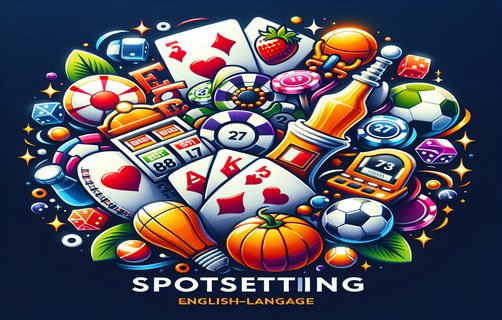Comprehensive Analysis of Gambling Trends: Unionization, Strategy, and Revenue Dynamics
Introduction
The landscape of gambling, particularly in casinos, is evolving rapidly, influenced by various factors such as unionization, fixed jackpots, and advanced gameplay strategies. This analysis focuses on several critical aspects, providing insights into how these elements intertwine to shape the overall gambling industry.
Casino Unionization
Unionization in casinos has become an increasingly important issue as workers advocate for better wages, benefits, and working conditions. The movement towards unionization reflects a broader trend in labor rights, driven by the need for job security and fair treatment in a highly competitive industry. Casinos, particularly those in regions like Las Vegas and Atlantic City, have seen successful union campaigns leading to collective bargaining agreements. This has had a significant impact on operational costs; however, it also enhances employee morale and reduces turnover, ultimately benefiting customer service and guest experiences. As public sentiment increasingly favors worker rights, the pressure on casino operators to negotiate becomes greater, which may influence hiring strategies and operational frameworks.
Fixed Jackpots
Fixed jackpots remain a crucial feature of many slot machines and electronic games, providing a predictable yet limited payout structure. These jackpots offer players constant hope of winning, albeit with capped winnings. The predictability of fixed jackpots can enhance player retention as the games are easier to understand, making them appealing to novice gamblers. However, this system can lead to frustration among more experienced players who may seek larger, progressive jackpot opportunities that offer life-changing sums. The challenge for casinos is to balance traditional fixed jackpot offerings with progressives to cater to diverse customer preferences.
Basic Blackjack Strategy
Basic blackjack strategy revolves around minimizing the house edge through informed decision-making based on the player’s total and the dealer’s visible card. Strategies such as basic playing charts are widely used to optimize betting and playing actions. Professional players utilize these strategies to decision matrices that take into account various hand combinations, elevating their odds of winning. This strategic approach underscores the shift towards skill-based gambling, where informed players can impact outcomes, contrasting with games predominantly influenced by chance.
Coin Size and Gameplay Personalization
Coin size has historically dictated betting ranges in slot machines, yet the industry is shifting towards more flexible models, including virtual currencies and digital wallets. This transition allows for greater gameplay personalization, enabling casinos to tailor experiences based on player preferences and historical betting behavior. Technologies such as machine learning algorithms help casinos analyze player data to create customized promotions, engagement strategies, and gameplay modifications aimed at enhancing the user experience.
Gambling Revenue Reports
Gambling revenue reports provide a quantitative foundation for assessing the industry's health. These reports indicate electric growth patterns, emerging markets, and evolving consumer preferences. The data often guides investment strategies and operational direction within casinos as they adapt to market demands. Notably, the expansion of online gambling platforms and sports betting have contributed to a significant increase in overall revenue streams, emphasizing the need for traditional casinos to innovate continuously.
GTO Adjustments
Game Theory Optimal (GTO) adjustments in gambling refer to the strategic adaptation of play styles to maintain an edge over the competition. In poker, for instance, players utilize GTO strategies to balance their ranges and decisions, thus frustrating opponents. Casinos are increasingly investing in training programs and tools that help players understand these concepts, facilitating a market where strategic play is as crucial as luck.
Conclusion

In summary, the interconnected dynamics of unionization, fixed jackpots, strategic gameplay, and gambling revenues represent a complex operating environment for casinos. As the industry evolves, operators must remain agile, embracing change and innovation to meet the demands of an ever-diversifying customer base.

